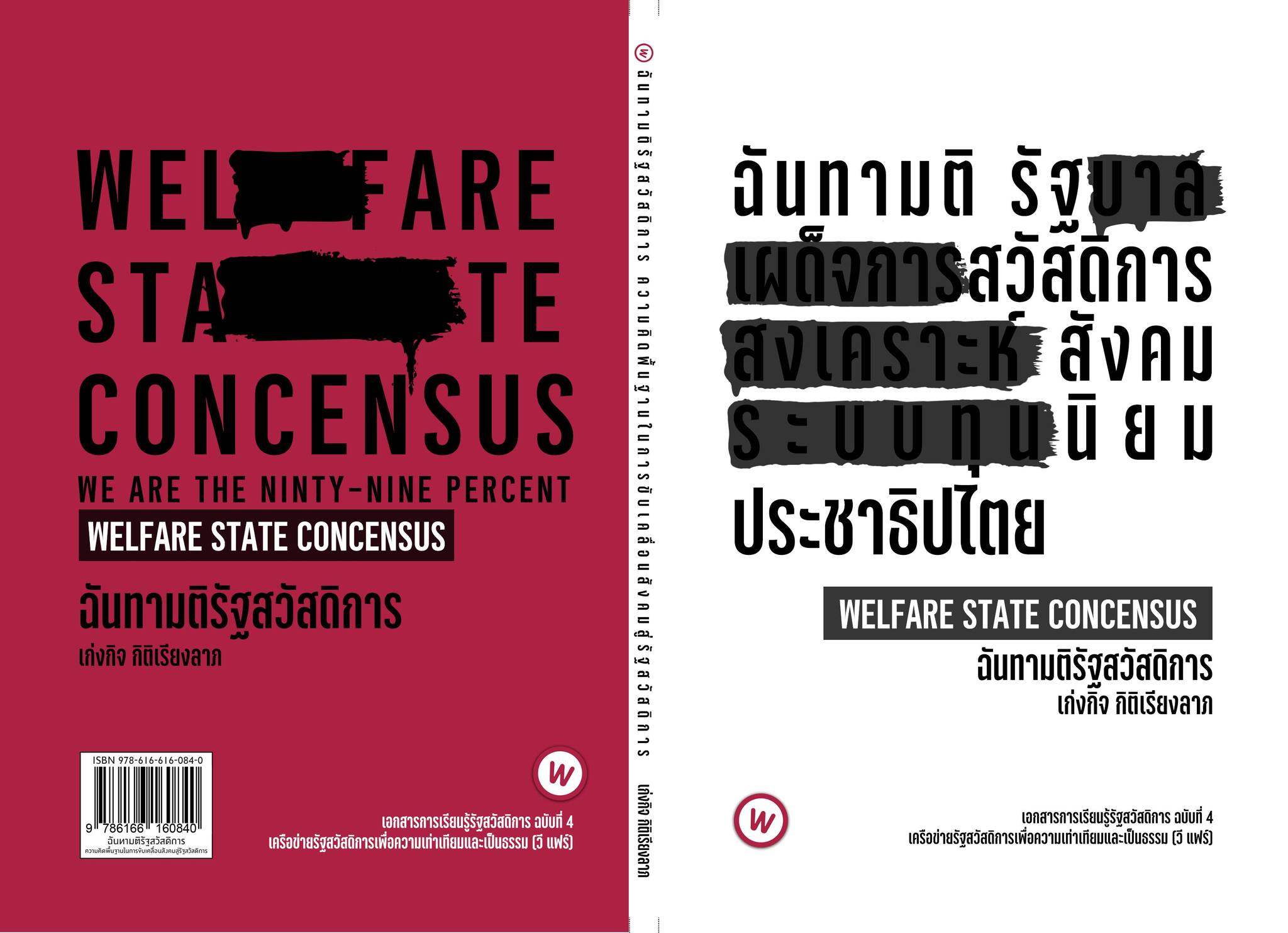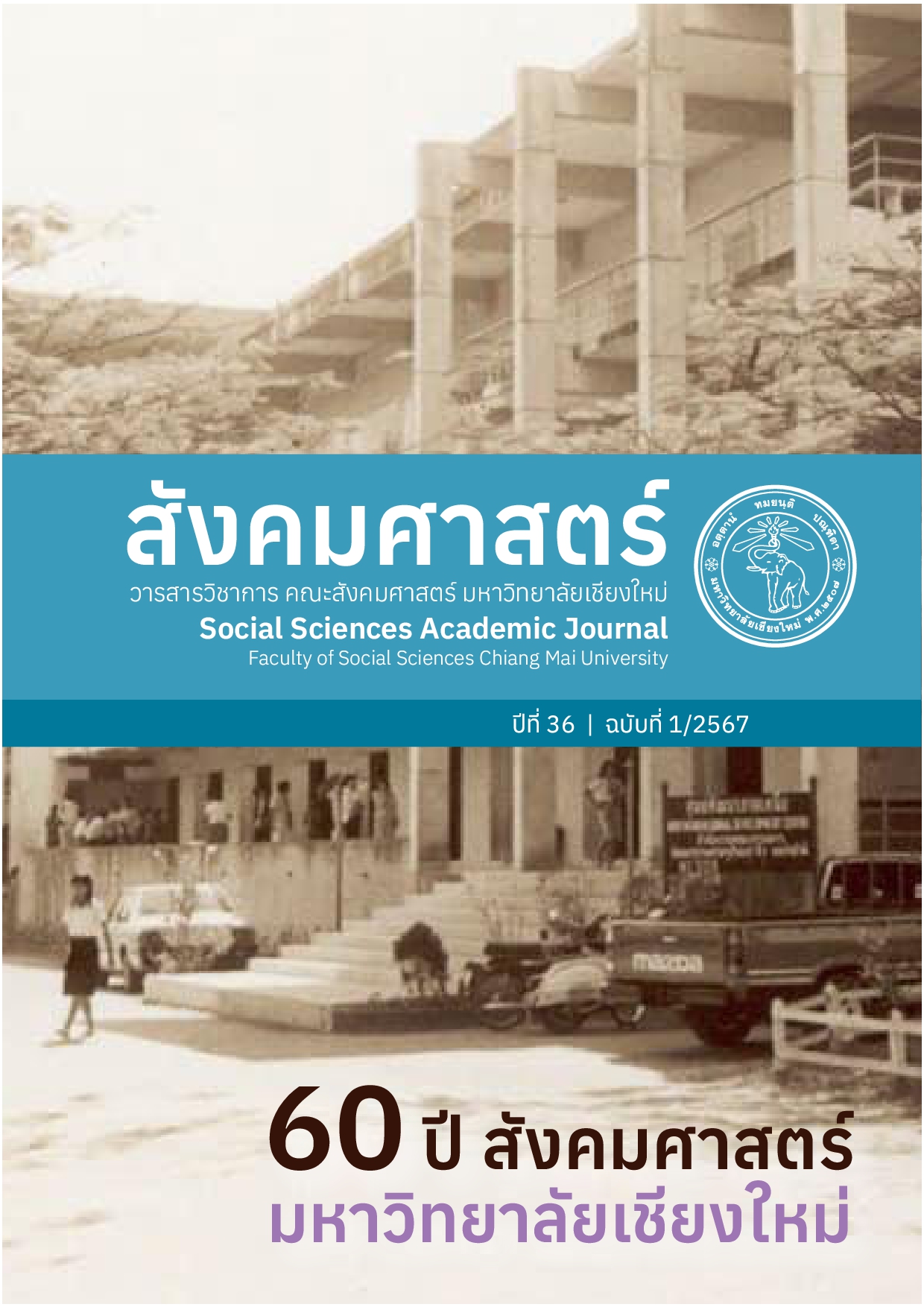ผู้เขียน: พนา กันธา, เก่งกิจ กิติเรียงลาภ และรัชการัณย์ สวัสดี
Kantha, P., Kitirianglarp, K., & Sawaddee, R. (2024). The Ecological Wisdom of the Nagas in Easterine Kire’s Son of the Thundercloud. Journal of Anthropology, Sirindhorn Anthropology Centre (JASAC), 7(1). Retrieved from https://so06.tci-thaijo.org/index.php/jasac/article/view/269293
Abstract:
The aim of this article is to understand the ecological wisdoms of the Naga people by examining the writings of Easterine Kire, a Naga author, particularly in the work "Son of the Thundercloud." Kire documented a significant historical event among the Naga people, namely, the internal conflicts within the Naga community following India's declaration of independence and the assimilation of Naga Hills into India. This conflict represents the legacy of colonialist ideologies that accompany nationalism. Kire's work, which is a diverse reinterpretation of various folktales of the Naga people, has presented the ecological wisdoms of the Naga people. While coloniality and nationalism attempt to establish rigid national boundaries, the narratives of the Naga people or the Naga world portrayed through Kire's works challenge the limitations of the "nation-state" that rely on separation and division. Simultaneously, the world of the Naga people is a weaving together of various kinds of persons, both human and non-human, coexisting within the same world. The act of storytelling is, therefore, a process of community-building that involves creating a "world." This world is characterized by open spaces, without rigid boundaries, capable of transcending borders. This includes transcending the distinction between fiction and reality. Therefore, these narratives do not establish fixed national borders in the manner of a nation-state; moreover, the world of the Naga people cannot reduce entities into isolated individuals. This is because the origins of both human and non-human entities are inherently interrelated, contrasting with the dualism that comes with the Western coloniality, which separates entities from each other.

















